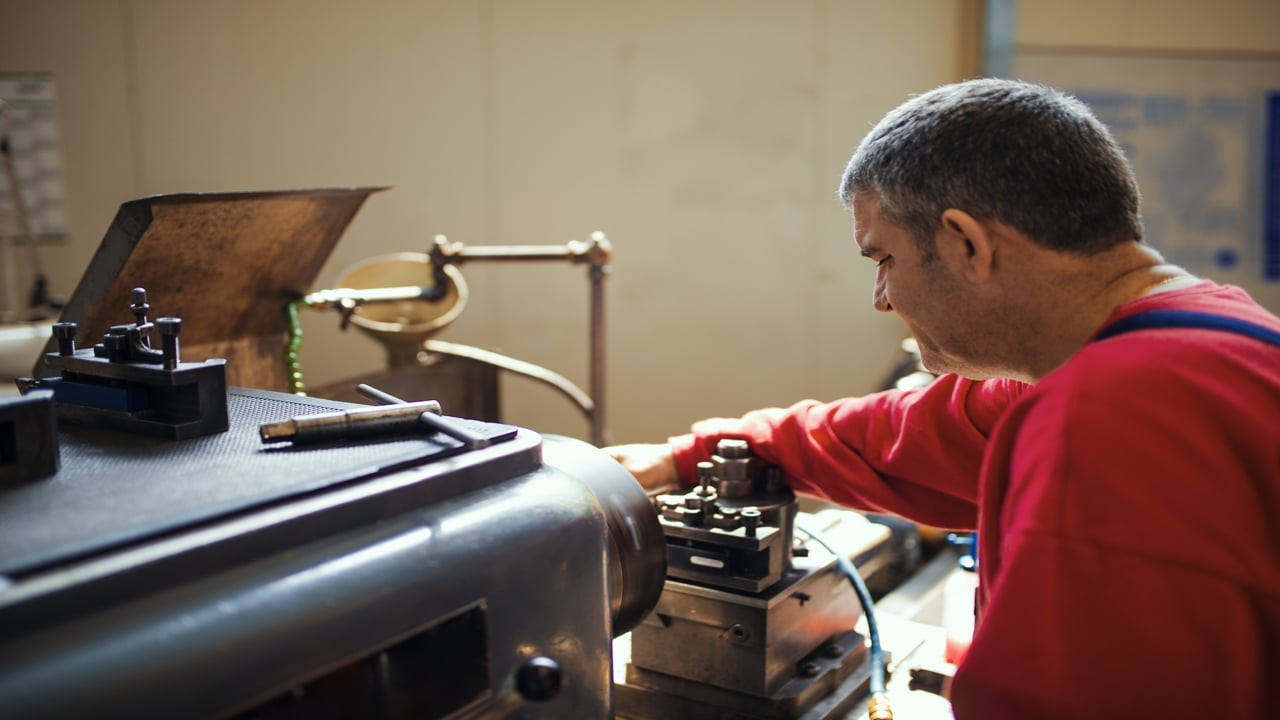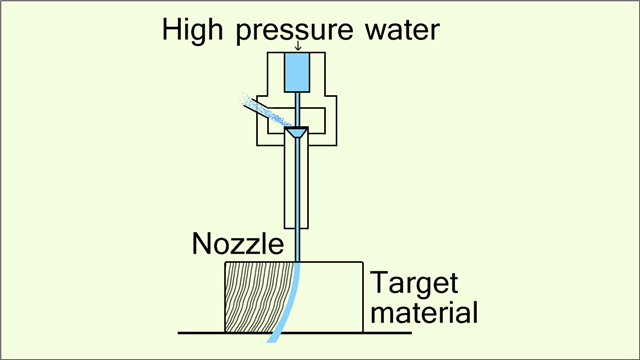The term die cutter is used for a press or machine that cuts material in a specified shape. From huge industrial cutters for furniture, to the small hand-rolled machines used for cutting office supplies or cute paper cut-outs, die cutters are of varied types.
The cuts made by a die cutter are sharp and precise – plus, it hardly requires any skill. All you have to do is place the material in the machine, and press it. Another advantage is that it saves an enormous amount of time – even complex shapes like those required for making a gift box can be cut in a matter of seconds, once the machine is set.
Portable cutters do not require a computer or net connection, while others do, and much like a printer, they take the input from the PC, and offer many more features. Their cutters are also much more customizable and detailed, allowing for any shape to be cut. Some of them also offer features like cut-to-print, creasing, and embossing.
A portable die cutter doesn’t require it to be attached to a computer, enabling it to be carried anywhere and stored after use. It can be either manual or electronic. Manual die cutters employ dies, i.e. sharp blades arranged in a specific shape, which are then pressed on to stationary or a rolling paper. The resulting cutouts are called blanks, as they are presumed to be decorated and customized as per the desire of the user. A die usually only cuts a single shape, it also requires the handle to be moved in a circular or up-down manner, so as to apply uniform amount of pressure. Manual die cutters can be of rotary or clicking types, which have been described above.
Electronic die cutters do not require a computer to operate, but need electricity. These machines employ a pre-programmed cartridge, which when plugged into the cutter, direct a cutting tool to cut in the specified shape. The cartridges usually feature several shapes of a particular theme, for example letters or numbers. Electronic die cutters do not use dies and do not require pressure to be applied manually.








